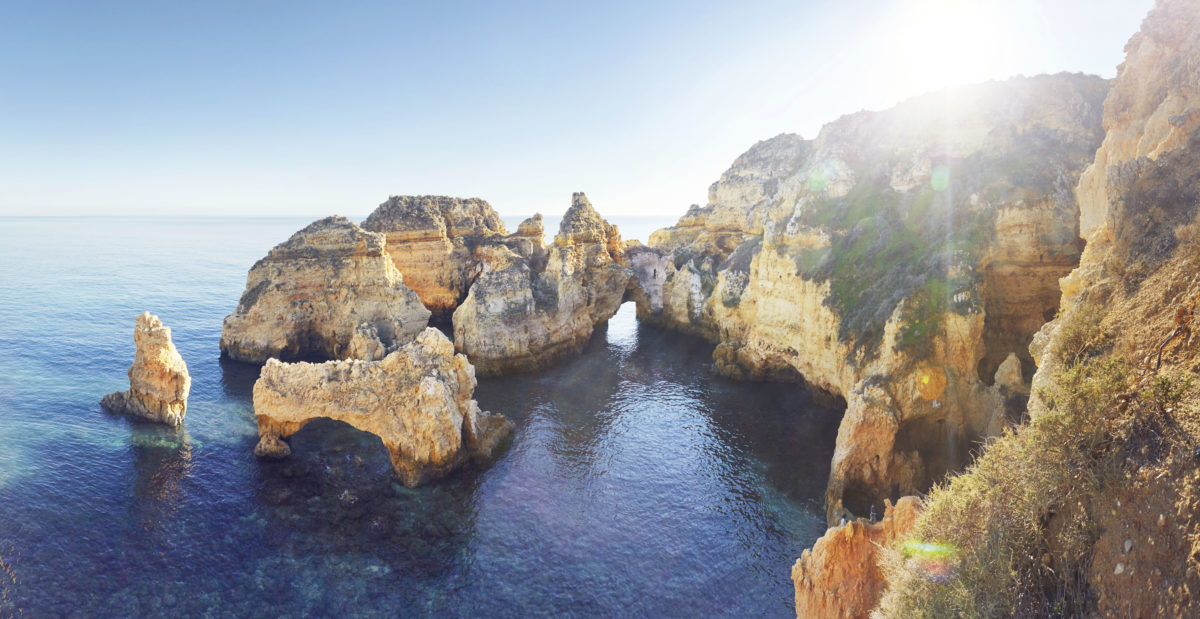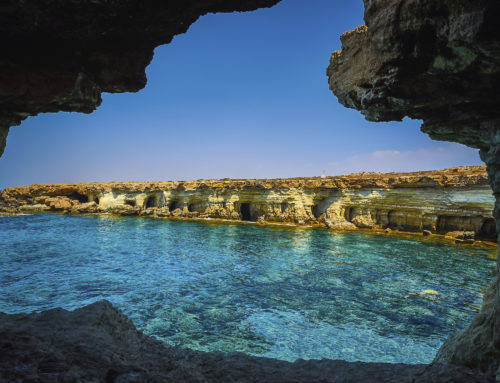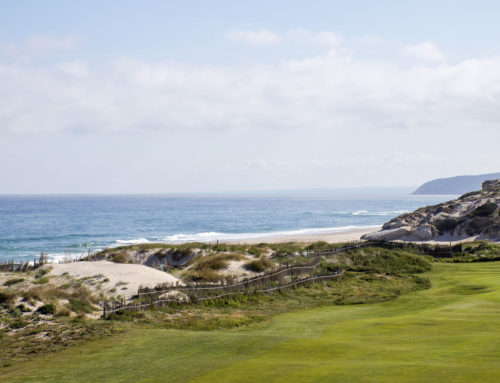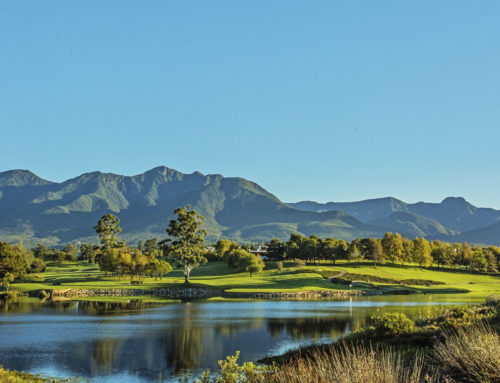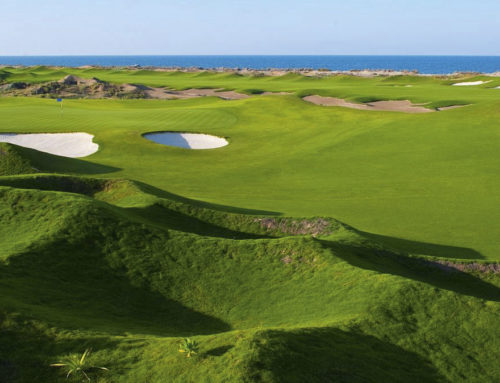When a band of British wine merchants introduced golf to Portugal in the mid-19th century, they would have little idea as to what their import would become. It’s now the country’s biggest single-focus tourism draw, with over 1.8m rounds played across its 92 courses every year.
In the Algarve alone, the sport contributes £444m to the national economy and its popularity is no accident: with some 300 days of sunshine a year and a temperate year-round climate, the conditions on this stretch of Atlantic coast are some of the best suited to golf in the world.
THE ALGARVE
This region towards Portugal’s southernmost tip is synonymous with golf breaks from the UK and sees more inbound golf business than anywhere else in Europe. Due to its south-facing location towards Africa, it is protected from the worst of the Atlantic’s weather conditions, meaning less wind and rain when compared to its more northerly counterparts.
There are dozens of daily routes from London, Manchester, Birmingham, East Midlands, Newcastle, Glasgow and Edinburgh, making it the most easily accessible of any good-weather golfing destination from the UK with just a three-hour flight into Faro.
Some 42 courses populate The Algarve and the 550-hectare resort town of Quinta do Lago is the most luxurious. Home to five championship courses — Quinta do Lago North and the Quinta do Lago South Golf Courses, the San Lorenzo Golf Course and the Laranjal Golf Course — as well as wide-ranging sports facilities such as tennis courts, a professional standard gym and a riding stable, guests rarely leave the confines of the estate. Accommodation comes in the form of villas, such as those found at Fourseasons Fairways, which feature private pools and recently refurbished bedrooms, and Monte da Quinta, the top five-star hotel in the complex. A Michelin-starred restaurant, Gusto, is within the resort’s walls, too.
Slightly less upmarket but by no means poorly equipped is Vilamoura. This is the site of Portugal’s largest marina with 1,300 yacht berths, as well as over 40 miles of beaches, with Falésia Beach the pick. Hotels range the full spectrum, from clean and functional three-stars to the Anantara Vilamoura five-star, which opened to huge acclaim last year and is the town’s best property. Bars and restaurants surrounding the marina follow suit, from the spit-and-sawdust style 19th Hole with pub grub, to Don Toro steakhouse, a fairly priced, authentic grill serving a superb range of cuts and an excellent wine list.
THE NORTH / PORTO
This region offers a mix of high-reaching culture alongside superb, historic golf courses. Porto airport is eight miles north of the city centre and it’s easy to combine a city break with golf; the majority of the courses are no more than a 15-minute drive from the city walls and groups tend to choose to stay in town for the facilities it affords.
The city plays host to four UNESCO World Heritage Sites and it’s impossible to consider a trip here without focusing on the area’s wine-producing credentials. The River Douro flows through the city and vineyards line its banks, producing world-renowned port and vinho verde (green wine) that’s slightly effervescent and outstanding value — expect to pay around £4 a bottle in restaurants. Its climate is similar to southern Portugal, with 3,000 hours of sunshine a year, though its topography offers golfers a new challenge. Here, mountains regularly encircle courses, with fresh winds rising off the Atlantic and mature trees making for natural hazards where courses have been built into national parks.
Accommodation tends to be in historic city hotels with superb restaurants. The Yeatman, one of
Europe’s finest hotels with a two-star Michelin restaurant, is owned by the British family behind Taylor’s Port and always lays on superb hospitality to inbound golf groups. There’s no shortage of simple accommodation options available, while large golf estates on the outskirts of town offer a more resort-like atmosphere, such as the standout Vidago Palace.
LISBON
The Portuguese capital is the country’s rising star in terms of its golf offering. Twenty-three courses surround the city and vary from historic country clubs (as you find in northern Portugal) to ultramodern golf estates (as per the south). On the mouth of the River Tagus, an inlet of the Atlantic, conditions are similarly fair year-round, though average temperatures in the region are around 5C lower than in the Algarve.
Arguably the finest courses are set at least 20 minutes’ drive outside the city. Much of the city is pedestrianised and parking for hire cars is rare and expensive, so bear in mind taxi costs to courses when booking. The top tracks lie between Estoril and Sintra and green fees are lower than the rest of the country — expect to pay around £62 in high season.
As a city, Lisbon has it all. Around Barrio Alto there’s a party scene, which runs deep into the small hours every night of the week, while cultural gems such as Monument of the Discoveries and the Jeronimos Monastery are worth the journey alone. Fans of seafood will find a happy home here. Ramiro, the city’s best shellfish restaurant, nets its catch direct from fishermen and offers some of the best-value plates in Europe: £9 for a huge local lobster, chips and a Super Bock beer.
The original breed of peri-peri chicken restaurants can also be found here. Bon Jardin in the shadow of the cathedral in Plaza Mayor is the best exponent of the now worldwide genre.

